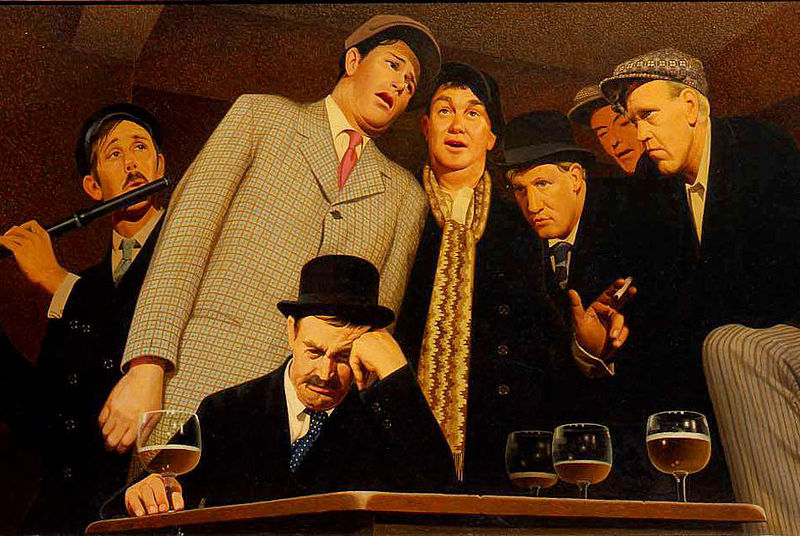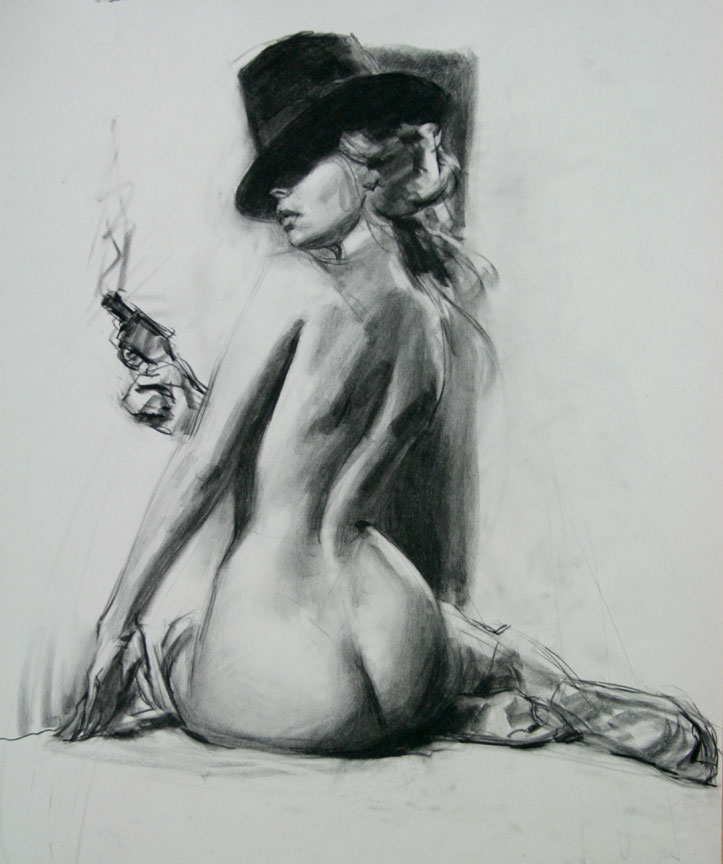Since then, I've made new scans of details of advertisements for Hudson cars and located images of one complete ad along with two others in the series. They are shown below along with other Godwin illustrations, some of which were in the posts noted above. Click on them to enlarge.
From Hudson advertisement
Entire ad spread - Literary Digest - 15 June 1929
From Hudson advertisement - 1929
I haven't yet found the actual ad this was part of.
Hudson advertisement - Literary Digest - 23 March 1929
Illustration signed by Godwin.
Hudson advertisement - Literary Digest - 16 January 1929
Unsigned, but could have been by Godwin.
Couple with wagon wheel
Magazine cover or story illustration. I don't have a date for this.
Ethyl advertisement - 1932
American Magazine story illustration - June 1933
The Augsburg Sailors - story illustration - 1940























































